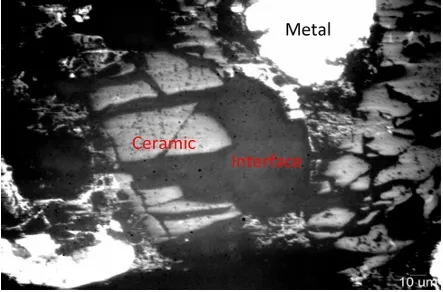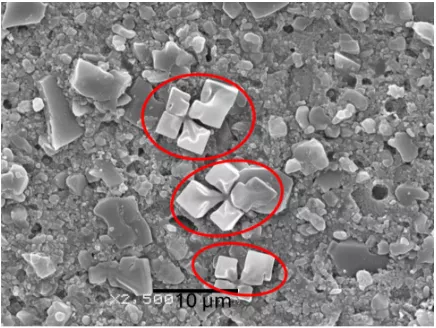Abstract: Dense and porous zirconia ceramics were 3D printed with granular feedstock and screw extrusion mechanism on the basis of the traditional fused deposition method. The printability of granular feedstock, microstructure of the body and mechanical properties of ceramic materials were studied. The unsupported structure with maximum inclination 165°and span 5.5 mm were obtained by this method. The effectsof the two filling modes of printing on the flexural strength and its Weibull modulus of the dense zirconia ceramics were compared. The results showed that the "single line rectangle" filling mode was more conducive to achieve higher density and better mechanical properties than the traditional single line filling mode. Materials with bending strength of 637.8MPa and Weibull modulus of 9.1 were obtained. The compressive behavior of porous zirconia ceramics prepared with different porosities were studied. showing an exponential law between the compressive strength and porosity. And there was only elasticity stage on the stress-strain curve of the samples with high porosity and collapse stage will appear for the samples with low porosity. There was no collapse stage for both samples
Key words: fused deposit modeling; 3D printing; zirconia ceramic; porous ceramic
Declaration: This article is provided by CERADIR™ users or obtained from Internet, the content does not represent the position of CERADIR™. We are not responsible for the authenticity/accuracy of the article, especially the effects of the products concerned. This article is for study only, it does not constitute any investment or application advice. For reprinting, please contact the original author. If it involves the copyright and/or other issues, please contact us and we will deal with it asap! CERADIR™ has the interpretation of this declaration.







